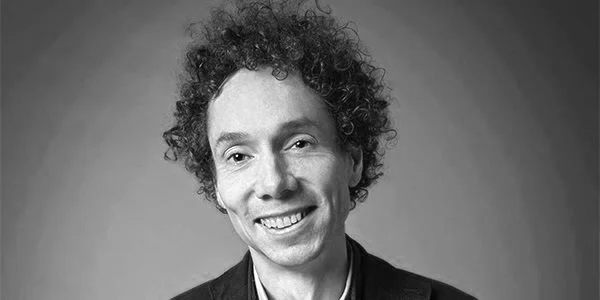This week, I had enriching conversations about the performance threshold of algorithms in formal theatrical productions and in our everyday digital lives. I was curious to see how other forms of theatre could survive in the present day since it is not a mass medium for the public and has been historically reserved for the upper middle class’s interests. Historically, I learned that theatre’s main importance was to act as a place where a society could criticize politics and invite cultural critiques during important periods like the post-war era in western Europe (Otto 2019). However, the theatre community is no longer the only safe space to debate controversial or novel ideas. In a world intertwined with social media, new forms of digital dramaturgy and cyber theatre can also host co-created spaces with mass spectatorship and international audiences.
I resonated with the elements of algorithmic theatre in which embodiment/presence, ephemerality, and the representation of conscious language are present (Dorsen 2012). In my AI theatre class, we also discussed whether there was a “degree of openness and closedness” in algorithmic performance. For instance, the spaces inbetween would give rise to the relationship between form and the content’s storytelling with the audience’s imaginative authorship. It would also give the sense of palpable possibilities with a “latent space” that exists outside of the limited role of the human performer on stage. I also learned that algorithmic theatre proposes a dismantled esoteric spectatorship feedback-loop where the audience is left to observe themselves rather than the performance’s objective reality.
In the context of technology, we explored how computer-generated languages can also introduce a surrealist tone to represent emerging levels of consciousness. For example, using natural language processing algorithms to generate text may give the illusion of a conscious reasoning being but contradict itself with nonsensical arguments that undermine its integrity over time. Furthermore, Dorsen shows the versatility of algorithmic theatre to our everyday lives with the influence of big data on our digital behavioural patterns. As a generation raised on social media, we often default to reinventing our digital identities amongst a thriving marketplace of online personas and opinions. Mainly since my generation is bombarded with the real world’s complex problems daily and needs to develop an illusion of control against their powerlessness with a narcissistic delusion. Succinctly, Dorsen claims that “we’ve been persuaded that changing ourselves is a satisfactory substitute for changing the world”.
Amidst these charades of digital and pseudo performances, we’ve also offloaded our decision making to large scale algorithms trained to personalize content to our consumption behaviours. An interesting question soon arises — if everyone is performing, who becomes the spectator? Is it the algorithms, big technology companies, governments or an artificially intelligent agent that harvests human data to further its knowledge base? It looks like the show has just begun and we are the actors on stage (whether we like it or not). It’s only now that we at least know the curtains have been lifted, or perhaps, they were never there to begin with?
References
Otto, Ulf. “Theatres of Control: The Performance of Algorithms and the Question of
Governance.” The Drama Review 63:4 (T244), 2019.
Dorsen, Annie. “On Algorithmic Theatre.” Theater, 42.2, 2012.








